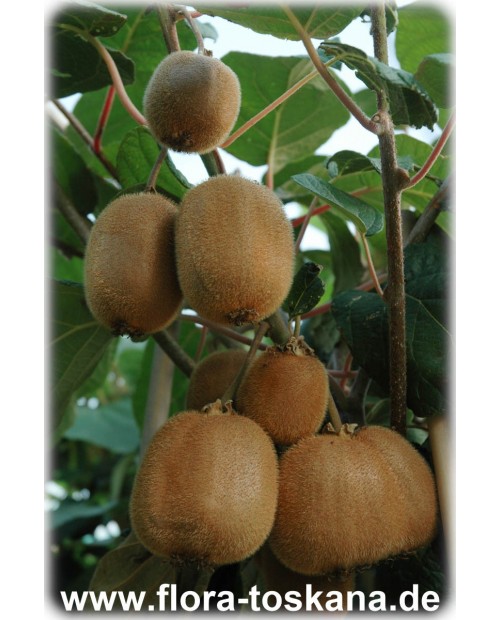Plumeria obtusa 'Dwarf Singapore Pink' - Frangipani | Tempelbaum | Wachsblume
'Dwarf Singapore Pink' (Plumeria obtusa) is a slow-growing, semi-evergreen Frangipani with white flowers with a small, yellow center and pale pink edges. Lovely, intense fragrance.
Anyone who has seen the blossom of the pale pink variety 'Dwarf Singapore Pink' (Plumeria obtusa) with its small, yellow center during a holiday in a tropical or subtropical country will never forget it and want to decorate their own conservatory, terrace, balcony or south-facing living room windows with it. The immaculate flowers have such a tempting fragrance that they are still used for high quality perfumes. The petals are even and of such a gloss that they look like made from porcelain. Descended from the wild species Plumeria obtusa, 'Dwarf Singapore Pink' is one of the world's most popular varieties, retaining part to most of its leaves in winter, while other frangipani usually shed their leaves entirely. The growth of the shoots and roots is weaker, which is why in our Central European climate the abundance of flowers is lower than in the white-yellow selections of Plumeria rubra, which consequently outrank 'Dwarf Singapore Pink' in our country.![]() General information on Frangipani (Plumeria):
General information on Frangipani (Plumeria):
Each individual plant blooms at a different time, making accurate predictions impossible. In our experience, the flowering period in this country is usually in the mid to late summer months. It is wrong to assume that flowers will only appear above a branching. Also saplings with no branching can produce flowers. Instead, they are most likely to branch after flowering! Plumeria prefer to grow in loose soil mixed with lava, expanded clay or coarse sand and are thankful for a regular spraying of the leaves (high humidity). The care of the water-storing plants (succulents) varies depending on the season: in summer, the plants need a constant supply of water. Drought will cause the leaves to discolorate and fall down. Add liquid compound fertilizer in half concentration to the watering water 3 to 4 times a month. In winter, when most of the leaves fall off, it is important to avoid wetness, which would rot the base of the plant. Therefore, water your Plumeria little and at greater intervals - but not “not at all”.
![]() Quality: noble & intensely fragrant flowers, slow growing
Quality: noble & intensely fragrant flowers, slow growing![]() Use: from May outside on balcony & terrace, all year round in bright rooms or heated conservatories
Use: from May outside on balcony & terrace, all year round in bright rooms or heated conservatories
| Profi-Pflegetipps für Frangipani – Plumeria rubra in diversen Sorten - Plumeria obtusa - Plumeria pudica |
|
+++ Hilfe bei der Pflege im Topf, als Kübelpflanze auf Balkon und Terrasse, im Wintergarten oder im Garten +++ Ausführliche Pflege-Beschreibung von FLORA TOSKANA +++
Kompetenz rund um die Welt exotischer Pflanzen: |
Data sheet
- Family
- Apocynaceae
- Origin
- South Amercia
- Flowering period
- Constantly blooming
- Color of flowers
- Multi-colored
- Fragrance
- Fragrant flowers
- Growth
- Tree or shrub
- Location
- Sunny
- winter temperature
- 20 (±5)°C
- Minimum temperature
- 0 °C
- Hardiness Zones
- 10
- Height
- 2,5 - 3 m
You might also like
Customers who bought this product also bought:




























